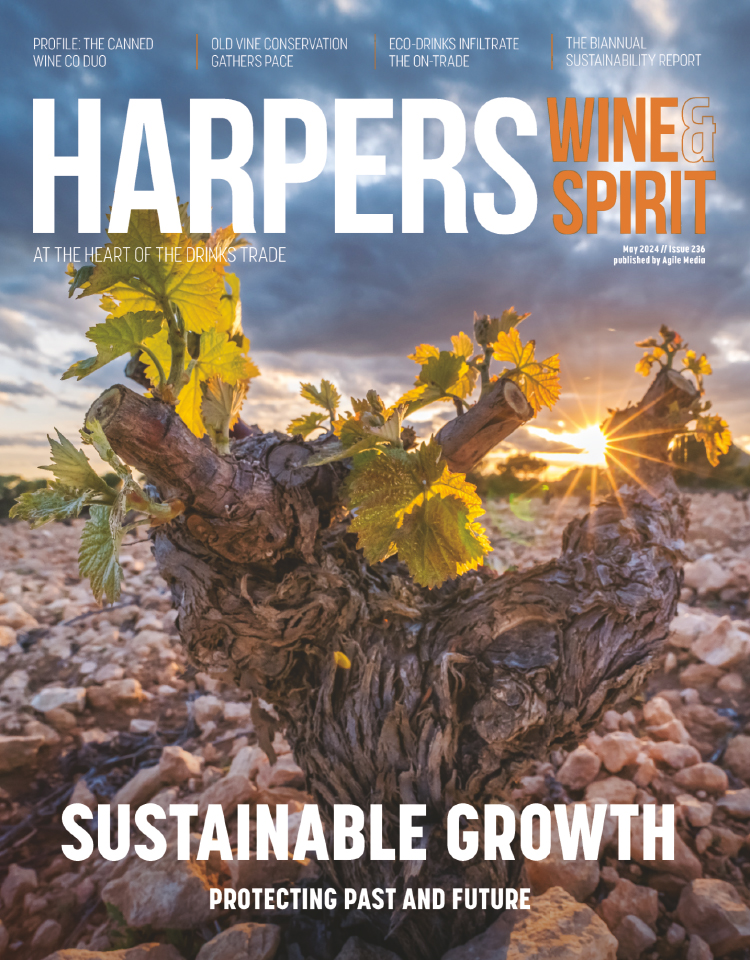Points of difference
How many times, I wonder, have I heard the simple term Greek wine' used to describe a wine from Greece? I'm sure every reader has heard this term. It begs the question, what exactly is Greek wine'? But when I try to define what precisely those words mean, all I come up with is that a particular wine has been produced within the national borders of this most ancient of winemaking regions. But in reality, this tells me nothing about the individual wine.
Santorini, until now, has only been well known for its white wines, made from the island's noble' indigenous white grape variety Assyrtiko. No red wines of note have been made on the island for over a century due to the region's lack of a high-quality signature indigenous red variety. Until now, only the local variety Mandelaria has been utilised to any great extent to make aromatic though rather thin, non-descript red wines. But things are about to change - pioneering producer Haridimos Hatzidakis has successfully resurrected the once near-extinct red variety Mavrotragano. He started experimenting with this grape in 1995 when he was Boutari's winemaker on Santorini, and decided to continue the project on his own when he branched out with his own label in 1997. There have been many problems along the way with this hugely tannic monster of a grape, but since 2000, Hatzidakis has released five vintages.
Mavrotragano and Voidomatis have traditionally and historically been the two main indigenous red grape varieties on the island,' says Hatzidakis. However, the collapse of the Russian market about 100 years ago had a devastating effect on viticulture in Santorini and many vineyards were abandoned. In the period prior to the Crimea War, Mavrotragano was used to make very good-quality Vinsanto. Similarly, Voidomatis was used for sweet wine as well. Mandilaria is now the predominant red grape variety on Santorini. It was first brought to Santorini from the neighbouring island of Paros in 1957 by the Argyros family - one of the largest vineyard owners and winemakers on the island. Mavrotragano, however, is now challenging to become the number one red grape variety on the island and I believe it has all the qualities to succeed.
The main difficulties with Mavrotragano are viticulture related,' explains Hatzidakis. This is mainly due to the fact that there is not sufficient experience with this variety. Although the 2004 vintage has been a great success, I am still experimenting with Mavrotragano, and there are still cultivation issues to be sorted out. A lot of work still needs to be done on the vines in my new vineyards, and I'm still trying to establish which areas on the island are best suited to this variety. There are also difficulties at the moment in the selection of good quality grapes.
At present the predominant method of cultivation is the old traditional "basket method". However, it is not certain that this is the best for approach for Mavrotragano, with the exception, of course, of those vineyards at higher altitude which are exposed to the winds. A lot of work therefore needs to be done to establish the best method of viticulture for this unique and unusual grape variety.
Outside Santorini the Mavrotragano is not well known. Some efforts have been made to grow this variety on the mainland, but it is very early to tell how much success will be had with Mavrotragano away from Santorini.'
The Wine Society has bravely stocked Hatzidakis's experimental Mavrotragano for the last two vintages. His hedonistic 2004 - on sale now - is filled with perfumed garden herbs, leathery tobacco-tinted fruit, and has a rich balance and velvety tannins no other vintage of this promising variety has ever possessed. There is no question in my mind that there is much more to come from Mavrotragano, and that this variety will take the place of the rather dowdy Mandelaria as the chief red variety of the island - and it may even rival Assyrtiko one day as the great grape of Santorini






